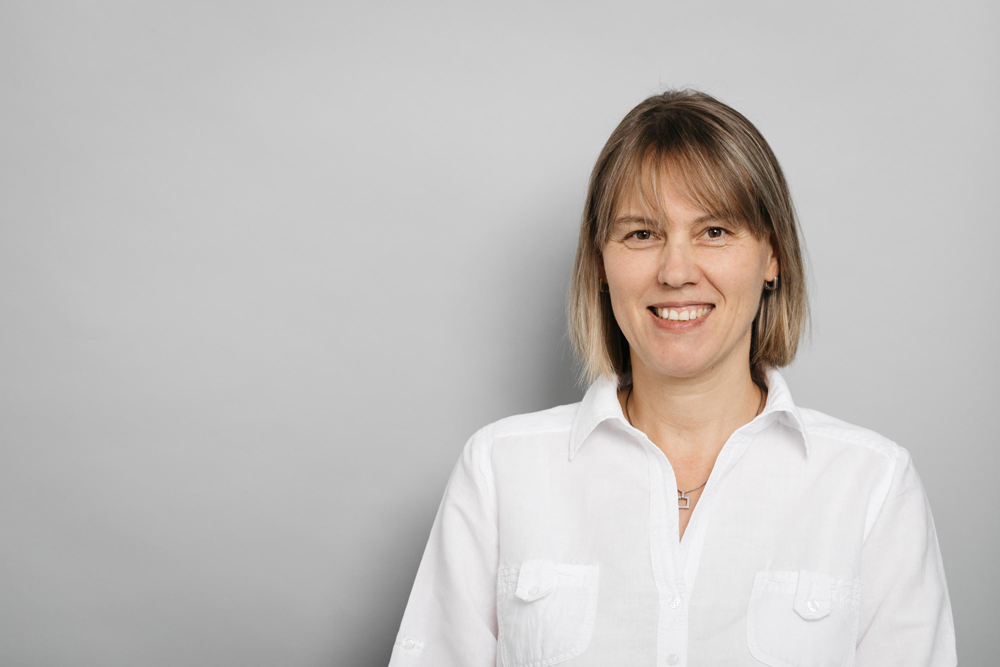- Home
- Research
- Spectroscopy and Imaging
- Projects
- Archive
- Polykristalline Materialien
Polykristalline Materialien
Runtime: 18.04.2018 - 17.04.2021
In this project we would like to investigate different theories (e.g. EMA, ARTT, ARIT) that govern the (IR) reflection or transmission spectra of polycrystalline materials for their ranges of validity. Some theories are valid only for large or small crystallites, isolated particles or compact samples, with or without consideration of particle shape. Also by our own investigations we have found that the results from spectra calculated with these theories are therefore sometimes strongly contradictory. For astronomy this situation is a big problem, because the particle shape and size determined by spectra fit also determines the formation process of these particles. Therefore one would like to obtain from measured spectra of interstellar dust clouds as exact as possible information about the
particles from measured spectra of interstellar dust clouds. Due to the lack of suitable samples with defined particle shape, size and distance of the particles to each other, we want to use finite-difference time-domain calculations to create our "experimental" reference spectra and compare these with spectra calculated according to
spectra calculated according to different theories. The theories also differ extremely in the computational effort required. We also want to investigate the band splitting predicted according to one theory depending on the particle shape in this way.
By using samples produced in a clean room, we can experimentally investigate the particle size effect and band splitting even for simple materials within certain limits. For example, we need to find out where the boundary between "large" and "small",
"isolated" and "no longer isolated" particles. These boundaries shift with the oscillator strength of the transition dipole moments. We want to apply the knowledge gained in this way to real measured spectra, i.e. spectra not simulated with FDTD. These aerosol measurements are already available and will be provided by the astronomical institute.
The project is funded by the DFG under the number Ho 5868/1-1; AOBJ: 634480.

